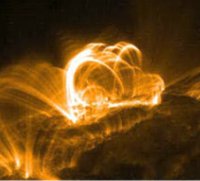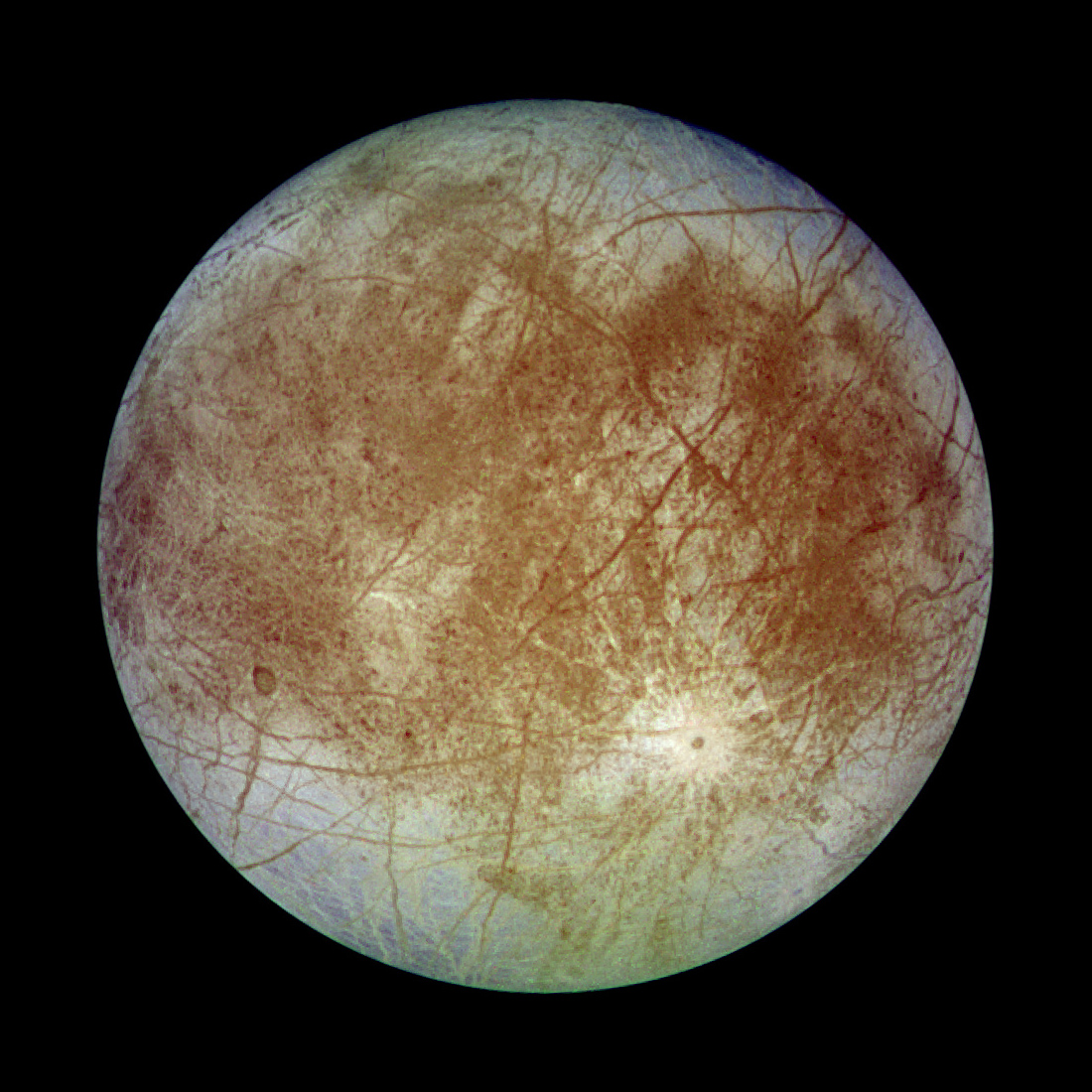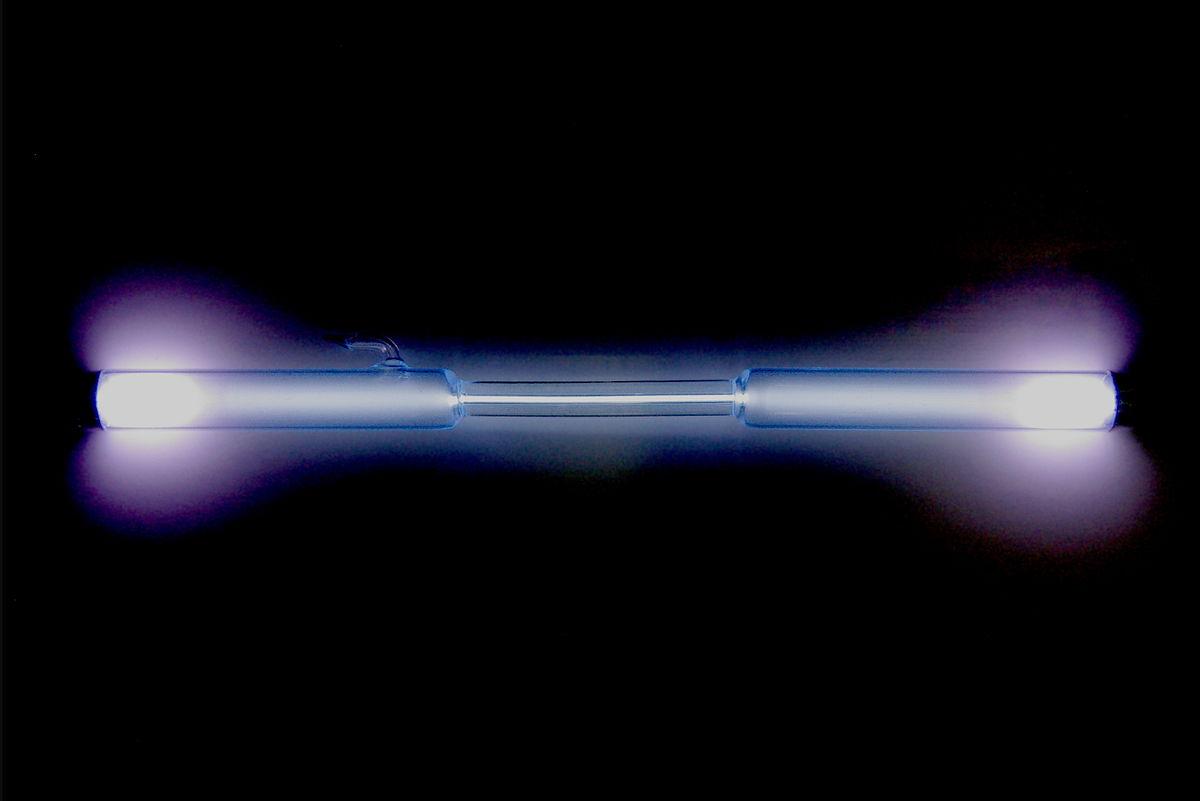
As we discover more exoplanets and improve our observational techniques, we are moving closer to finding planets that are potentially habitable. M dwarfs (main sequence M stars) are the most numerous in the Solar neighborhood. They are also the stars around which it is easiest to detect a rocky planet using the radial velocity method with instruments on the ground. However, these stars also have characteristics that may be harmful for life in planets around them. In this talk I will present the characteristics of M dwarfs, the conditions required for surface habitability, the concept of biosignatures, and review the research on habitability and life detection on rocky planets around M dwarfs.
 Getting Under Europa’s Skin
Getting Under Europa’s Skin Tracing Formation and Evolution of Outer Solar System Bodies Through Stable Isotopes and Noble Gas Abundances
Tracing Formation and Evolution of Outer Solar System Bodies Through Stable Isotopes and Noble Gas Abundances Photosynthesis, a Planetary Revolution
Photosynthesis, a Planetary Revolution Xenon: King of the Gases
Xenon: King of the Gases